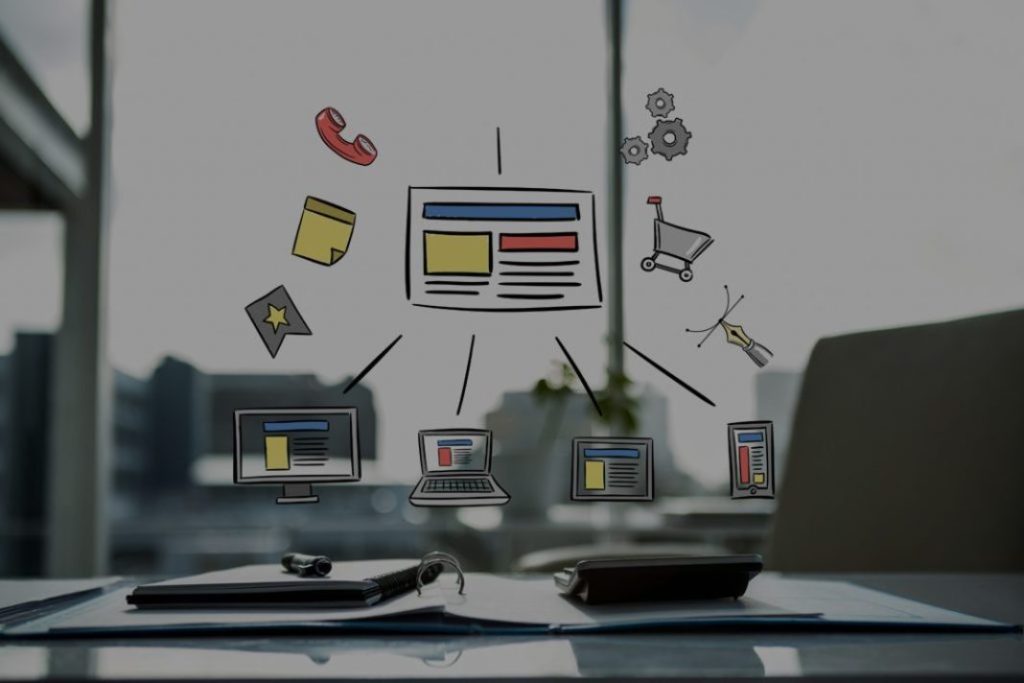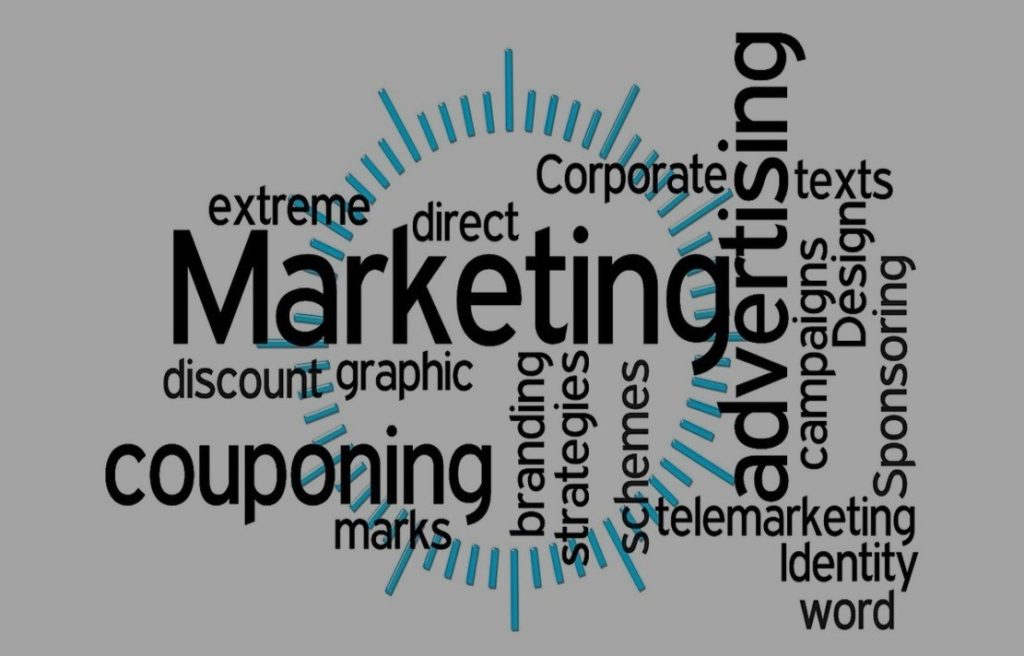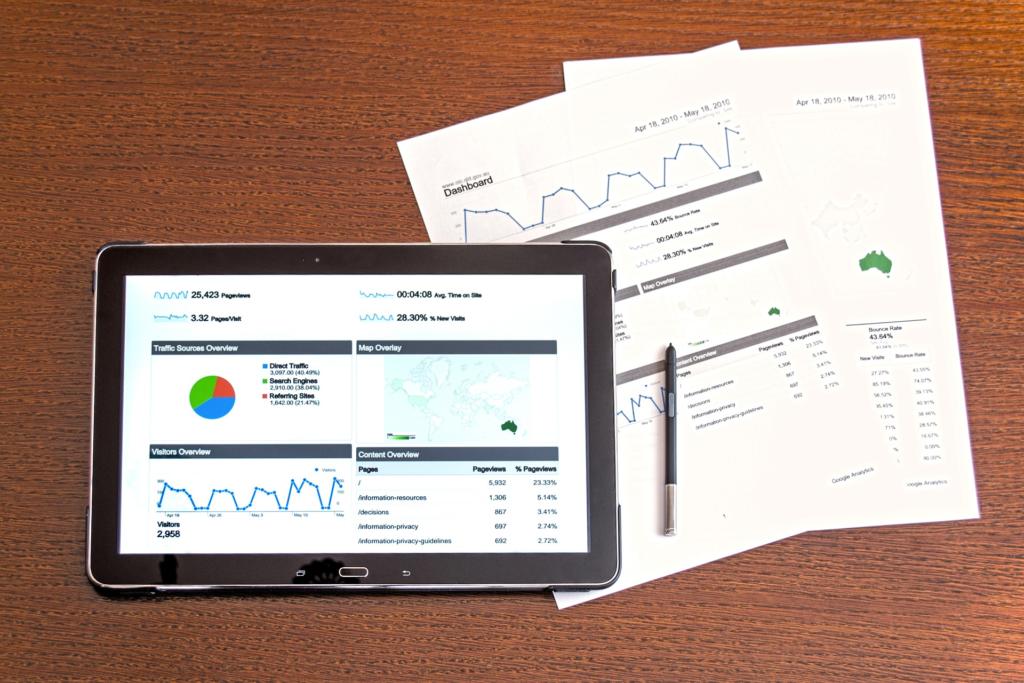Why should you opt-in for B2B Contextual Marketing?
B2B contextual marketing matches customer preferences and focuses on delighting them with personalized experiences.

One of the primary goals for B2B marketers is sending the right message to the right people at the right time using the right channel. This is what contextual marketing is all about.
HubSpot defines content marketing as,
“The practice of personalizing your business to your audience based on who they are & what they want, need or do, rather than one-size-fits-it-all.”Marketers now, have more information than ever before when it comes to their buyer-persona. This includes the information about their current location & intent data, their demographic, psychographic, firmographic & fit-data insights & other information about their research methodologies & the channels opted-in for researching about their buying preferences. The B2B companies use these pieces of information to tap into the precise customer preferences & personalize their experiences based on their research & online personality. Contextual marketing matches customer preferences & focuses on delighting those using personalized experiences, to finally convert them to buyers. Clearly, focusing on real-time marketing data is imperative for marketers to attract customers & convert them to sales in lesser time. This is done by feeding them personalized & tailored solutions to their problems. However, the real challenge with contextual marketing is that when too much data about a potential buyer is available, this increases the possibility of mishandling the data of potential buyers. Such a situation can prove to be detrimental both to the customers & the B2B organization at large.
71% of marketers find it difficult to achieve reach while delivering the right contextual marketing services to the right audiences. (Source: “An Insider’s Look at Media, Brand Safety and Partnerships” report from Sizmek).Harvard Business Review advocates contextual marketing, stating that the four Ps of traditional marketing namely price, placement, promotion, & product need to be orchestrated according to the buying preferences of the potential buyers. In spite of the fact that there is a challenge in reaching the right audiences with the right marketing tactics, 87% of marketers plan to increase the scaling of contextual targeting to find new audiences. (Source: “An Insider’s Look at Media, Brand Safety and Partnerships” report from Sizmek). Contextual Marketing is a buzzword these days. To understand the context of the B2B audience, one needs to understand their customers first. In a dynamic era of constant change for B2B marketers, opting for digital contextual marketing practices requires them to equip themselves with new skills, automated tools, understanding of AI & other practices to gain & leverage the contextual insights of their buyer persona. Steps to Contextual Marketing Success 1. Leveraging social media: Social Listening: This strategy helps the marketers converse with potential buyers in real-time. By focusing on the desired context of the potential buyers, the marketers can personalize their experiences & deliver the right content at the right time through the most apt channel. On the basis of the patterns of interaction on social media, marketers can also define their business KPIs & key metrics based on what works for whom & how. Social Persona Building & Nurturing: This strategy focuses on crafting the content strategies on social media to suit & captivate the interest of the buyer persona. This not only in due course helps in establishing who constitutes the ideal buyer persona but also helps in attracting & converting them through omnichannel marketing. Building Relationships & Brand Loyalty: With the help of contextual marketing, both the marketers as well as customers will be able to build a symbiotic relationship with each other. In an ideal scenario where the potential buyers are given all solutions to their set of problems through a product, through the right channel & at the right time, not only will they appreciate the brand but will also recommend the brand to their friends & family (via positive word-of-mouth interactions) & will reconsider the brand in future when they have other requirements. 2. Using a good CRM Tool: Contextual Marketing is cost-efficient as its only requirement is a good Customer Relationship Management tool to collect, retrieve & prioritize various sets of data relating to customers and/or their research methodologies. 3. Targeting the audiences based on their demographic & firmographic data: The organizations that operate within the B2B dominion understand that targeting the right set of buyer persona that have the actual buying intent is important. Using the demographic, firmographic, psychographic & technographic data of the potential customers can help the organizations personalize the experiences for them. Furthermore, not all potential buyers on the website are fit for making the purchase. So, based on “fit-data” the segmentation can be refined. Once the potential buyers, who are constantly well-engaged with the pieces of content at their disposal (product catalog, blogs, articles or video stories), show a clear intent to buy, they can be fed with hyper-personalized pieces of content to expedite their journeys through the sales-cycle based on their intent data. The leads which aren’t sales-ready need to be nurtured further, until they are ready to consume the contents delivered by the sales team. Thus, contextual marketing helps in boosting the Return on Investment (ROI) for marketers by focusing on the conversion of targeted traffic by establishing the ideal buyer-persona first & dividing them into clusters based on various other data types. 4. Advertising customization: Once marketers are aware of who their potential buyers are, they can accordingly strategize their advertising on online websites & social media platforms to generate greater conversions. Establishing co-relations between customer data-sets further helps to customize the advertising for audiences. For example, if the data shows that two products are being researched about simultaneously, then there are chances that they will also be sold in that way. In this case, framing an advertising strategy to appeal to customers to buy both of them together makes sense. 5. Identifying top performing content & keeping abreast with latest SEO strategies: The top-performing pieces of content can help the marketers identify what their specific buyer persona is looking for at each stage of their buyers’ cycle. Using SEO best practices further helps marketers rank high for keywords that their buyer persona is searching for & also makes marketers easily discoverable by search engines. 6. Don’t forget a mobile-friendly website: Mobile deserves a special mention as the convergence of smartphones, apps & social media has revolutionized B2B marketing. According to a survey by Pew Research Center, 74% of smartphone users, 18 years or above, use mobile to get directions based on their current location. Moreover, about 50% users are ready to share data to have a better shopping experience (Source: e-tailing Group). Combining location with past user history, user profile & their research methods are valuable sources for marketers to bank upon & segment their potential buyers. The increase in mobile use, in turn, demands marketers to have a mobile-friendly website so as to captivate the attention of their potential buyers who visit their website or pieces of content on social media & other online platforms through mobile devices.
Conclusion
There is arguably more contextual information to be used in the B2B domain than ever before. Contextual marketing focuses on knowing customers, how they have researched in the past & how they have interacted with the B2B services being offered by a particular company. According to the psychographic analysis of audiences, strategies can be framed to target them, improving their personalization. Context of potential buyers is subject to change & evolve; however, contextual marketing focuses on the language of potential buyers, time of day when they conduct their research, their preferred channels for research, past behavior & devices that they use for research in order to develop a customer-centric marketing that offers targeted advertising to potential buyers. In a post-GDPR (General Data Protection Regulation) era the biggest challenge with contextual marketing is privacy & the marketers need to assure that their marketing practices towards potential buyers are not only contextual but also consensual. The data should be acquired, stored & processed in lawful ways. According to Dietmar Dahmen, a former creative director of advertising agencies Ogilvy, DDB and BDDO:“We are now reaching the point of adaptive storytelling where the story, and the tone in which it is told, can be predicted algorithmically.”We, at Valasys Media, help our customers with building a healthy sales pipeline by focusing on the core principles of contextual marketing. Our services viz. lead generation, account-based marketing, appointment setting, business intelligence, lead nurturing & CRM services have all been designed & tailored to match the context of the potential buyers & are aimed at increasing the revenue earned by our customers. For availing our services or for more information, feel free to contact us.



